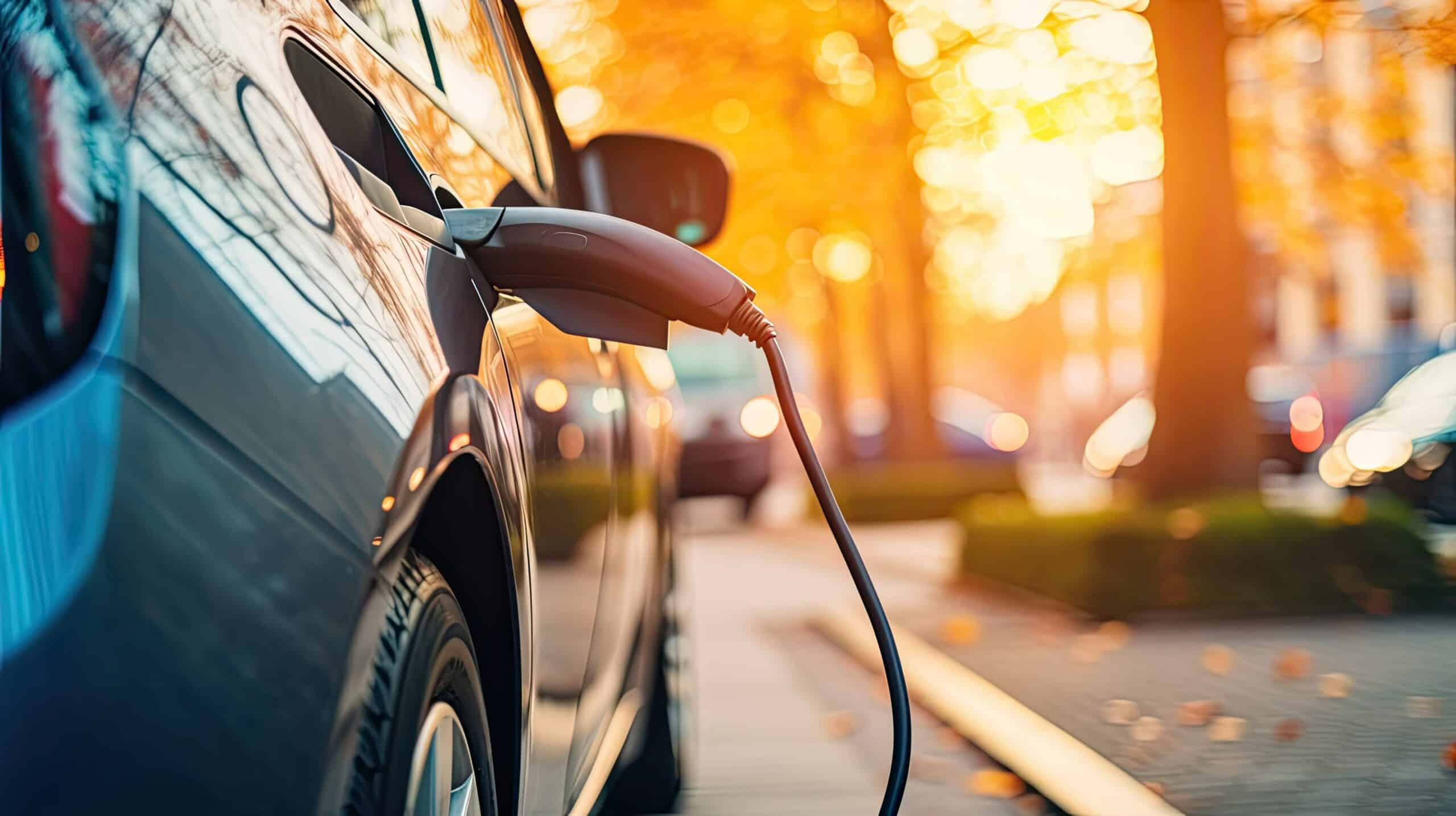Electric vehicles (EVs) exposed to floodwaters, especially saltwater, can suffer battery damage, which increases the risk of short circuits and fires.

To help prevent EV short circuits or fires, here are a few key tips to follow before, during, and after the storm:
Before the Storm
- Charge your EV. Make sure your EV is fully charged before the storm.
- Disconnect the vehicle from the charger. If a storm is approaching, ensure that your EV is unplugged to avoid issues related to electrical surges.
- Relocate your EV. If you anticipate flooding, move the vehicle to higher ground to minimize water exposure, especially if you’re in a flood-prone area.
During the Storm
- Avoid charging your EV vehicle. Power surges or outages during a storm could damage your EV or the charging equipment, increasing fire risk.
After the Storm
- Start your vehicle outside. Move the vehicle out of the garage, if possible, before starting it.
- Get a post-flood inspection. After a flood, do not attempt to drive or charge the vehicle until it has been thoroughly inspected by a certified technician. Water exposure could have damaged the electrical systems or battery, even if the damage isn’t immediately visible.
Following these tips can help protect both the vehicle and your property surrounding it during extreme weather events.